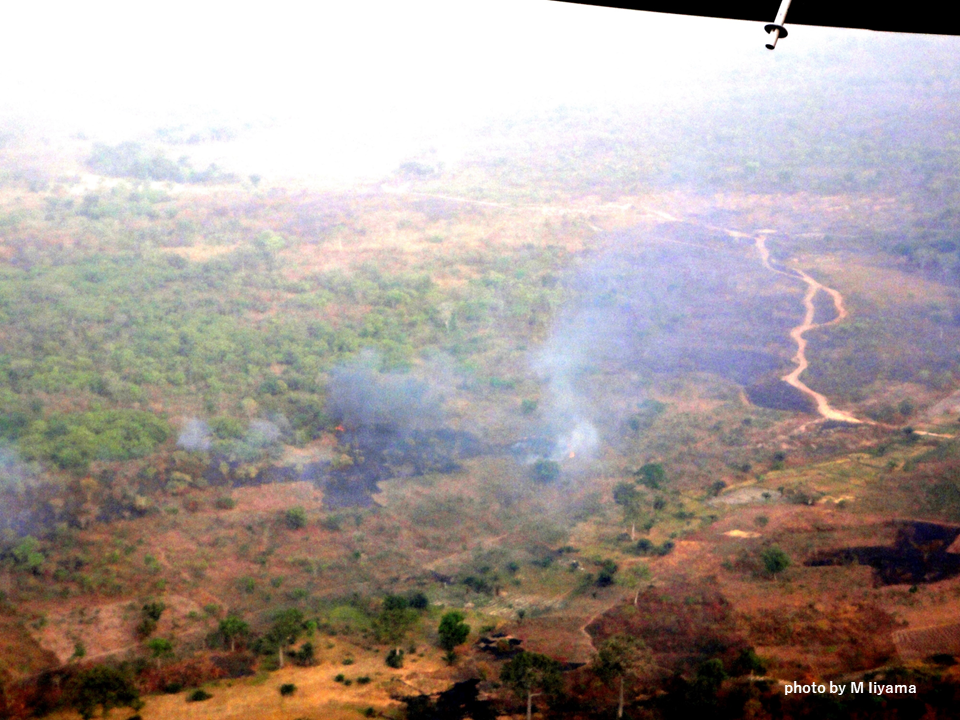Pick Up
853. Global Trends in Forest Fires and Wildfires

853. Global Trends in Forest Fires and Wildfires
This summer, news of forest fires and wildfires has been reported around the world.
Recent analysis by the World Resources Institute (WRI) reveals alarming trends in forest fires, indicating a sharp increase over the past two decades. The data show that the amount of forest burned today is twice that of 20 years ago, with an increase of three million hectares since 2001 - an area the size of Belgium. Shockingly, more than a quarter of the total forest loss over the past two decades can be attributed to wildfires, and in 2021 alone, 9.3 million hectares, or a third of that year's forest loss, succumbed to the flames. Although fires receded to 6.6 million hectares in 2022, 2023 saw a historic wildfire disaster in Canada and another tragic event in Hawaii.
Climate change is a major contributor to the worsening wildfire crisis. During extreme heat waves, wildfires release greenhouse gases that further exacerbate climate change, creating a dangerous "fire-climate feedback loop. In addition, human expansion into forested areas increases fire risk.
About 70% of the wildfires in the last two decades have ravaged the boreal region, driven by accelerated warming in the high latitudes of the Northern Hemisphere. Events such as the Russian wildfires of 2021, which were responsible for the destruction of 5.4 million hectares, are increasingly linked to anthropogenic climate change. Boreal forests store 30-40% of terrestrial ecosystem carbon, much of it underground, including in permafrost. Historically, permafrost has been insulated from fires, which have been infrequent. However, the increasing frequency of wildfires due to climate change poses a looming threat of turning coniferous forests and permafrost into a source of carbon emissions.
In contrast, tropical forests do not naturally experience wildfires, but over the past two decades, fire-related forest loss has increased at a rate of 36,000 hectares per year, accounting for nearly 15% of total forest loss from 2001 to 2022. While fire-related forest loss in the tropics remains below 10%, deforestation for timber and slash-and-burn agriculture increase vulnerability to fire. In regions such as the Amazon, where forests are deliberately set on fire to make way for agriculture, deliberate burning often triggers wildfires. In addition, the El Niño phenomenon can increase fire risk in tropical regions, as observed during the 2015-2016 El Niño event, which multiplied forest fires in Southeast Asia and Latin America by a factor of 10. The current El Niño event, which began in June 2023, is expected to continue through 2024, further increasing fire risk in tropical areas.
In temperate and subtropical regions, heat waves and demographic shifts are increasing the risk of forest fires. Historically, fires in these areas have been smaller than those in coniferous and tropical forests, accounting for only 16% of the total area lost to fire from 2001 to 2022. However, climate change and changes in land use have recently led to an increase in forest fires. In Europe, the growth of vegetation on abandoned land has increased fire risk, while in the United States, the expansion of the wildland-urban interface, which encroaches on undisturbed vegetation, has increased fire danger.
WRI notes that there is no single solution, as the causes of the increase in wildfires are complex and geographically diverse. However, the central role of climate change in increasing the frequency and severity of wildfires cannot be denied. To mitigate this crisis, significant reductions in greenhouse gas emissions are essential to break the fire-climate feedback loop. At the same time, human activities in and near forests must be reassessed to reduce fire-prone conditions and protect tropical forests from fire-related losses. We urgently need to halt deforestation, prevent forest degradation, and enhance forest resilience as critical steps to mitigate the escalating wildfire catastrophe.
Contributor: IIYAMA Miyuki (Information Program)
